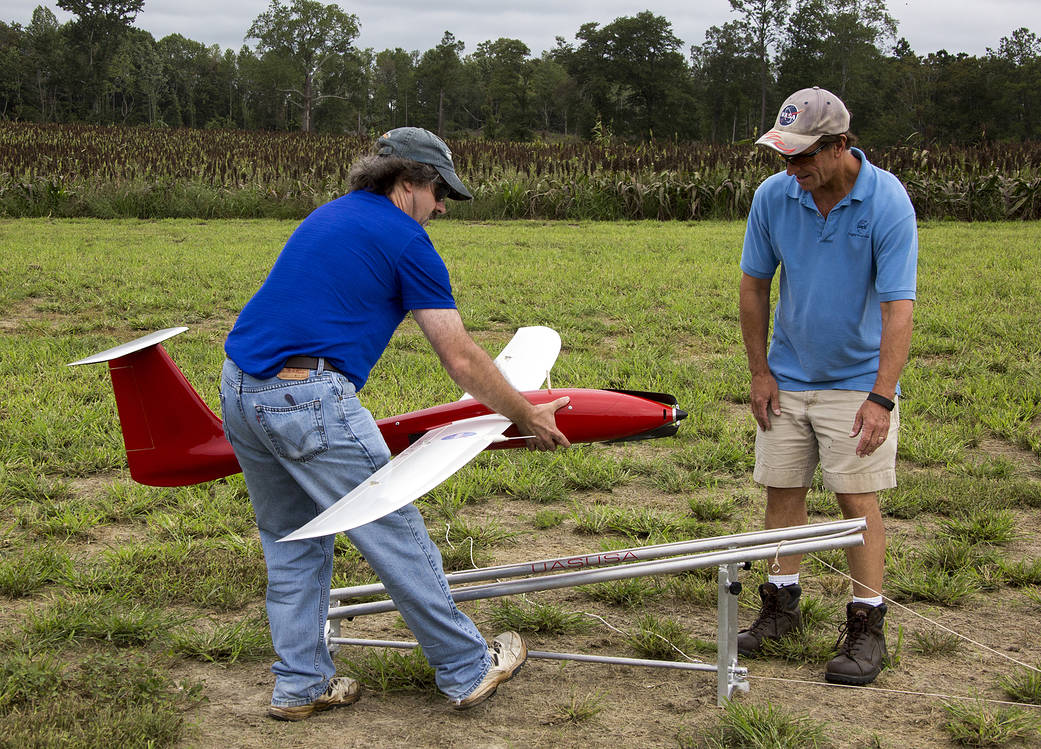
Engineers at NASA’s Langley Research Center in Hampton, Virginia, are part of NASA Aeronautics’ efforts to help safely integrate more unmanned aircraft systems (UAS) into our daily lives.
They have spent months transforming two commercially-available drones called Tempests into a UAS Traffic Management (UTM) technology testbed.
“Langley’s component is the aircraft side,” said aerospace engineer Lou Glaab. “Currently UAS are not near the level of capability to safely fly over people. We need to work on making them more reliable and robust.”
Glaab and other Langley researchers are part of a test of a UTM prototype system in Reno, Nevada, in mid-October. During the test, five drones, including a NASA Langley Tempest, will fly beyond the line-of-sight of their operators in order to assess the planning, tracking and alerting capabilities of NASA’s UTM platform — a critical step in the development of the technology and procedures for the safe management of drone air traffic. From this test, NASA, in collaboration with the Federal Aviation Administration, will collect data needed to refine UTM research.
To make the Tempest a better research aircraft, technicians added a number of technologies, including data and satellite-based surveillance systems, communications links and GPS.
A reliable, safe system could allow UAS to be used more widely for surveillance of utilities, small package deliveries, search and rescue, traffic monitoring, fire spotting, precision agriculture, videography and other uses we haven’t even imagined yet.
The research being done by the UTM project, led by NASA’s Ames Research Center in California’s Silicon Valley, is helping develop concepts and technologies to overcome the challenges that are keeping drones from being accepted.
Pictured are technician Dave Hare, left, and engineer Lou Glaab as they prepare to launch a remotely piloted aircraft during practice runs for an Unmanned Aircraft Systems Air Traffic Management Test.
Kathy Barnstorff
NASA Langley Research Center

























